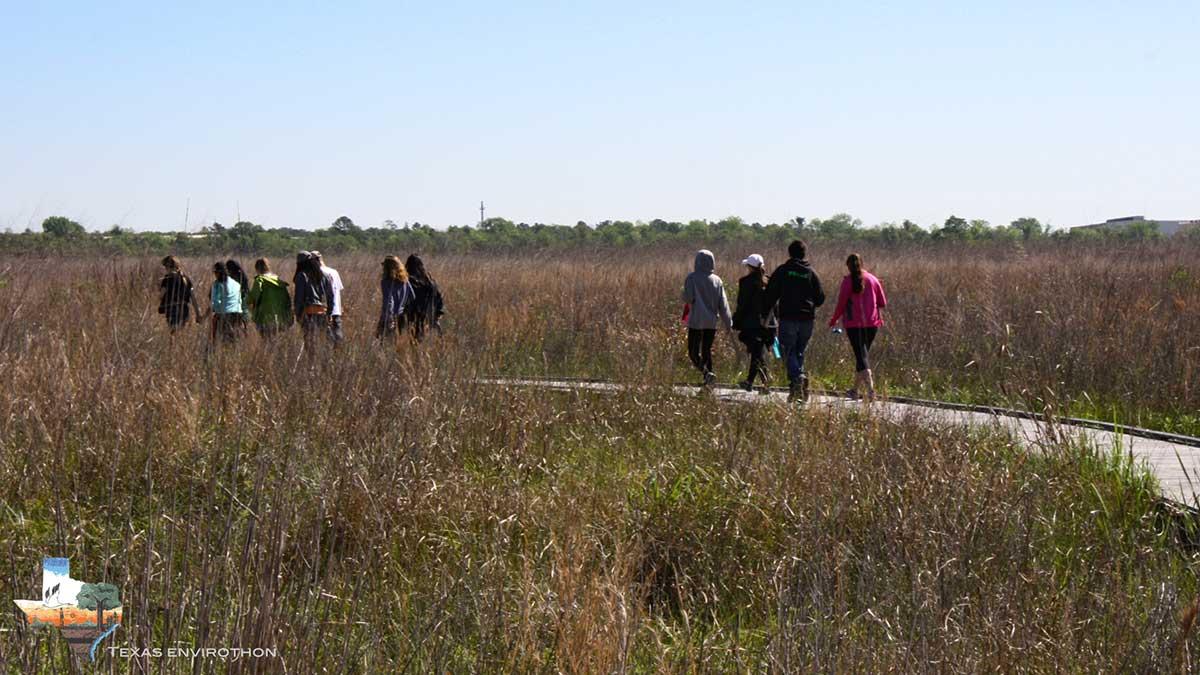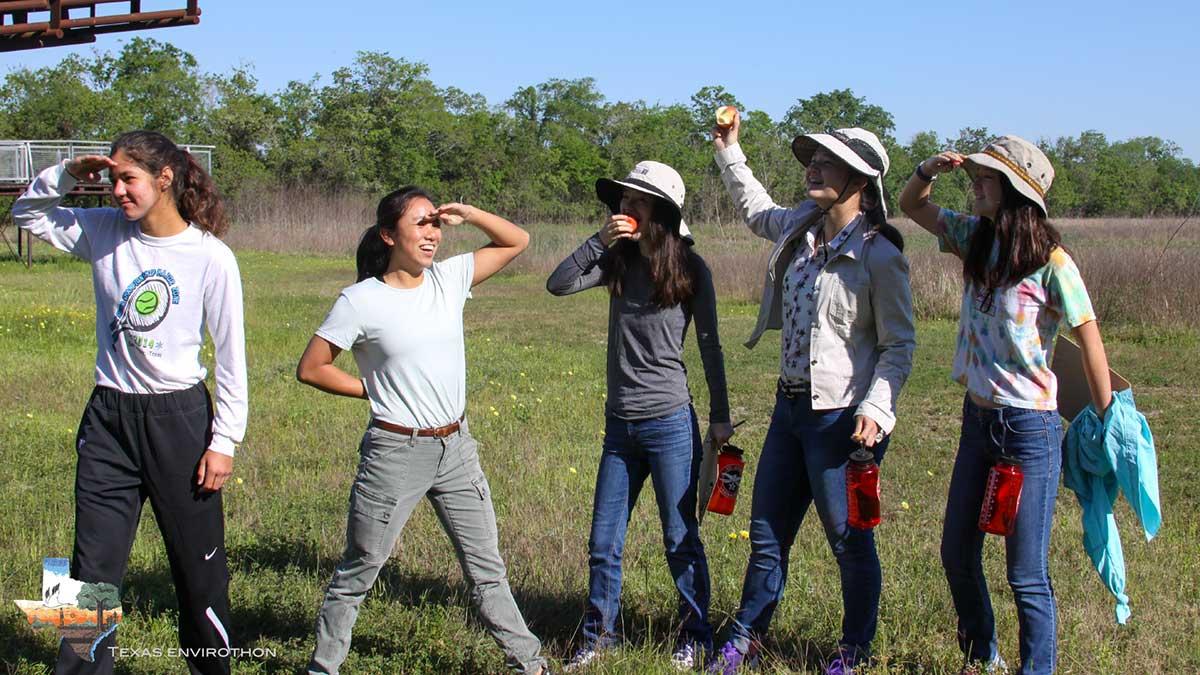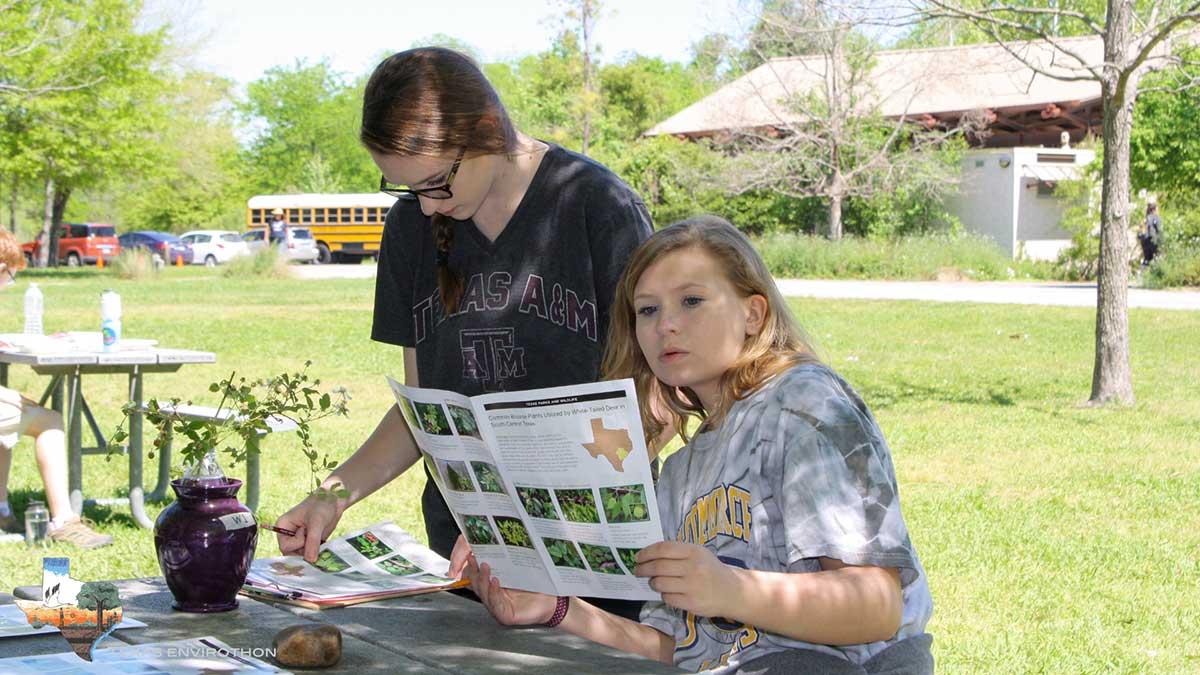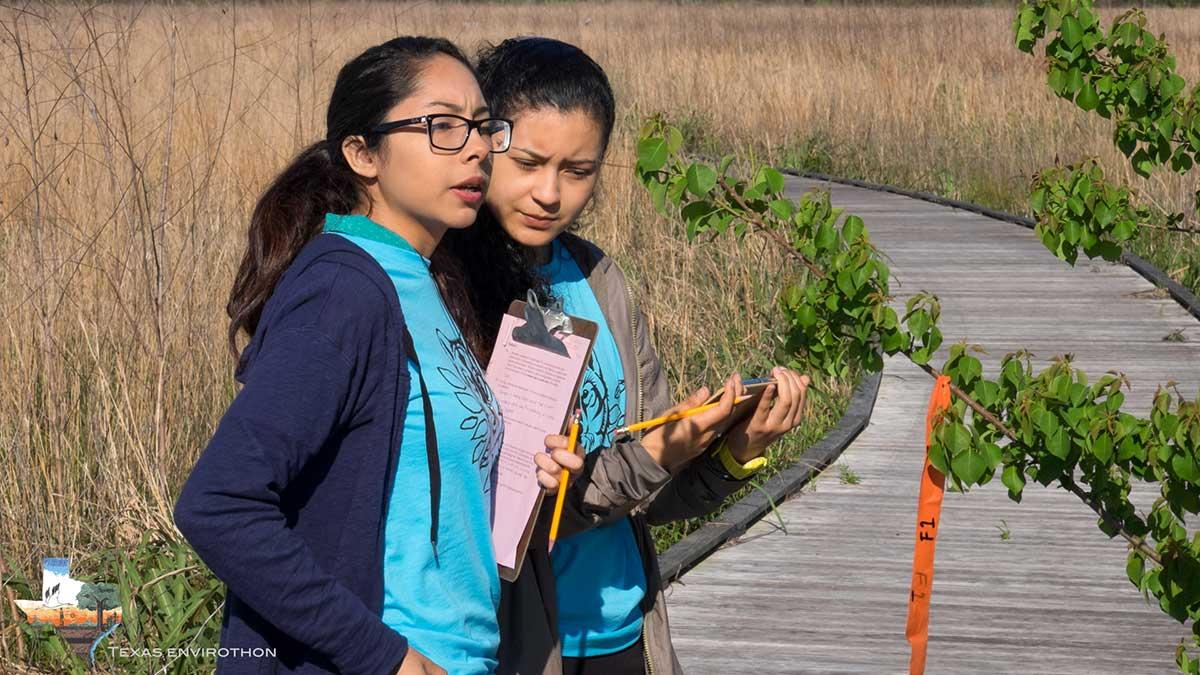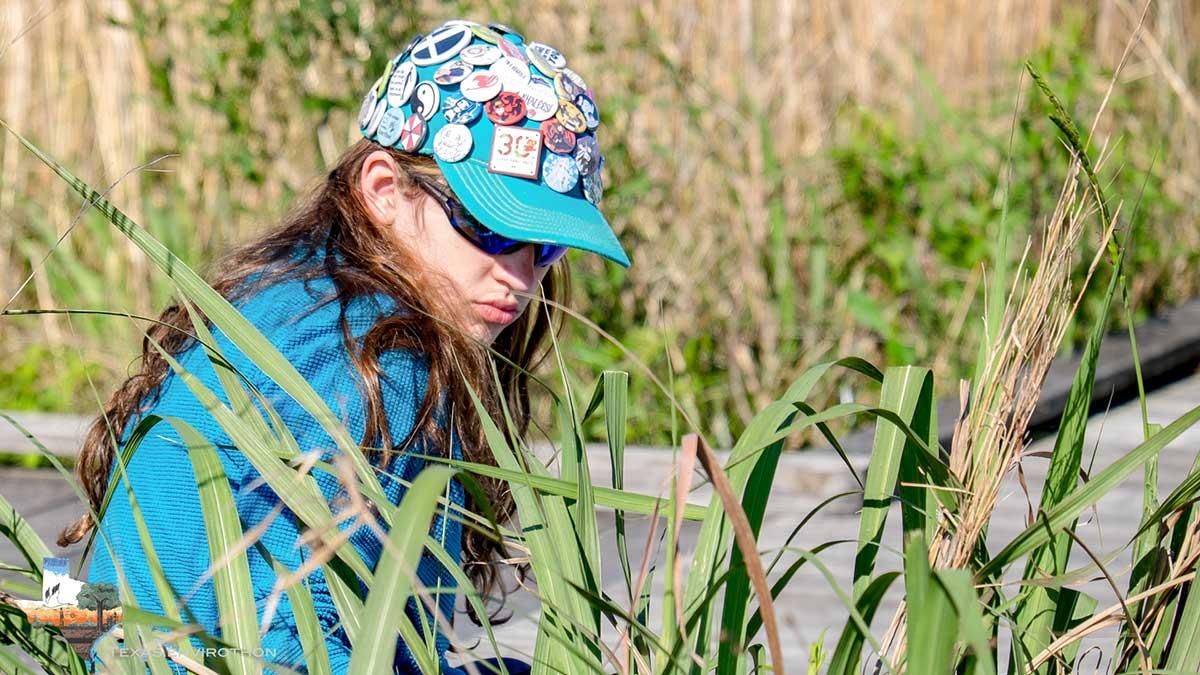
2016 Texas Envirothon
Houston
April 2–4, 2016
Results
- 1st Place: Science Academy of South Texas, Team Maroon
- 2nd Place: Academy of Science and Technology, Alpaca
- 3rd Place: Clear Lake High School, Environerds
- Rookie Award: Sam Rayburn High School, Eco-Nerdlings 1
| Area of Study | Top Score | School, Team |
|---|---|---|
| Aquatics | 80/100 | Clear Lake High School, Environerds |
| Forestry | 88/100 | Science Academy of South Texas, Team Maroon Richardson High School, Team A |
| Soils | 88/100 | Academy of Science and Technology, Salamander |
| Wildlife | 74/100 | Clear Lake High School, Environerds |
| Current Issue | 92/100 | Clear Lake High School, Environerds |
| Oral Presentation | 193.3/200 | Academy of Science and Technology, Alpaca |
Sponsors
Financial support for the event was provided by conservation districts and natural resource related agencies and businesses from across Texas.
- Eastman Chemical Company
- Texas Association for Environmental Education
- LyondellBasell
- Gulf Coast Waste Disposal Authority
- NCF-Envirothon/U.S. Forest Service
- Texas Association of Environmental Professionals
- University of Houston-Clear Lake/Environmental Institute of Houston
- Association of Texas Soil & Water Conservation Districts
- Harris County Soil & Water Conservation District
- Montgomery County Soil & Water Conservation District
- Hosts
- Sheldon Lake State Park
- Armand Bayou Nature Center
- University of Houston-Clear Lake
Participating Schools
Twenty-two teams representing 15 Texas high schools participated in the three-day competition.
- Academy of Science and Technology, The Woodlands
- Carroll Senior High School, Southlake
- Clear Falls High School, League City
- Clear Lake High School, Houston
- Clear Springs High School, League City
- East Central High School, San Antonio
- J. Frank Dobie High School, Pasadena
- Hallsville High School, Hallsville
- Richardson High School, Richardson
- Rio Hondo High School, Rio Hondo
- St. John's School, Houston
- Sam Rayburn High School, Pasadena
- Science Academy of South Texas, Mercedes
- Thomas Jefferson T-STEM Early College High School, Pharr
- The Woodlands College Park High School, The Woodlands
Press Release Final Scores Photo Gallery
Resources
Current Issue: Invasive Species: A Challenge to the Environment, Economy and Society
Key Topics
- Invasive species and their impacts
- Pathways of introduction and spread
- The invasive species management cycle (prevent, detect, respond, control)
- Roles and responsibilities (government, non-government, the individual)
- Tools in the toolbox (models, detection tools, monitoring tools, communications)
Learning Objectives
- Explain what an invasive species is.
- Describe the economic, social, and environmental impacts of invasive species.
- Comprehend the effects/impacts of invasive species on aquatic, forest, wildlife and soil ecosystems with specific reference to biodiversity.
- Explain how ecological impacts may vary by species.
- Compare theories about the characteristics that assist invasive species in successfully establishing new populations. What makes a good invader?
- Describe the pathways through which invasive species are introduced.
- Discuss the stages of the invasive species management cycle and components of an invasive species management plan.
- Assess the costs associated with controlling an invasive species on a state/province-wide basis.
- Outline methods of controlling an invasive species.
- Understand how various levels of government and other organizations are involved in the management of invasive species.
- Are all invasive species created equal? Describe how risk is assessed.
- Discuss the means by which invasive species are detected and monitored and have a basic knowledge of models and tools used to monitor invasive species.
- Demonstrate knowledge of the policies/legislation involved in preventing, detecting, monitoring, and controlling invasive species.
- Describe the role for non-government and the average citizen in managing invasive species.
- Investigate ways to reduce the arrival of new invasive species by setting the foundations for environmentally ethical behaviors and sound environmental decision making.
- Demonstrate knowledge of the various forms of outreach and education being used and assess their effectiveness.
Current Issue: Recommended Resources
- A Field Guide for the Identification of Invasive Plants in Southern Forests
- How I turned a deadly plant into a thriving business (video)
- Invasive Species State Resources: Texas
- Lacey Act
- Prescribed Fire / One of the tools in the Prairie Management Toolbox
- TDA: Noxious and Invasive Plants – Texas Department of Agriculture is in charge of regulating terrestrial invasives
- Texas Invasives Database
- The Growing Cost of Invasive Plants (Infographic)
- The Quiet Invasion: A Guide to Invasive Species of the Galveston Bay Area
- TPWD: Invasive, Prohibited and Exotic Aquatic Species – TPWD is charged with regulation of aquatic invasives
- USGS Nonindigenous Aquatic Species Database (Search species in Texas)
Recommended Reading
- What are invasive species?
- Invasion of the water snatchers
- Environmental science graduate student investigates role of invasive Chinese tallow in altering East Texas microbial communities
- The link between climate change and the spread of invasive species
- The rise of the crazy ants
- The roar of the lionfish
- In East Coast marshes, goats take on a notorious invader
- A new lizard in town – Cuban brown anole and its effect on our native species
- Warthogs invade South Texas
- Can we eat away invasive species? Probably not, but that doesn't mean we shouldn't try
- The top ten invasive species in Texas
- Possible impact of emerald ash borer in Texas
- Officials extend zebra mussel regulations to all Texas lakes
- Just try to kill Nandina!
- That cuddly kitty is deadlier than you think
- Debate over giant reed arundo: "miracle plant" or next kudzu?
- Out with the new, in with the old: prairie restoration at Sheldon Lake
- House sparrow
- Armored catfish are decimating Texas waterways
- The thirsty tree: confronting invasive salt cedar in the American Southwest
Education and Outreach - Stop the Spread of Invasive Species
- Brazillian Peppertree (brochure)
- Chinese Tallow Tree (brochure)
- The Dangers of Invasive Species (brochure)
- Emerald Ash Borer: The Green Menace (brochure)
- Firewood for Home Heating (infographic)
- Hello Giant Salvinia. Goodbye Texas Lakes. (brochure)
- Hello Zebra Mussels. Goodbye Texas Lakes. (brochure)
- Help Us Corral the Cactus Moth (door hanger)
- Invaders of Texas (citizen science)
- Invasive Species Hide Here (wallet card)
- Moving Firewood Transports Tree-killing Insects and Diseases (rack card)







